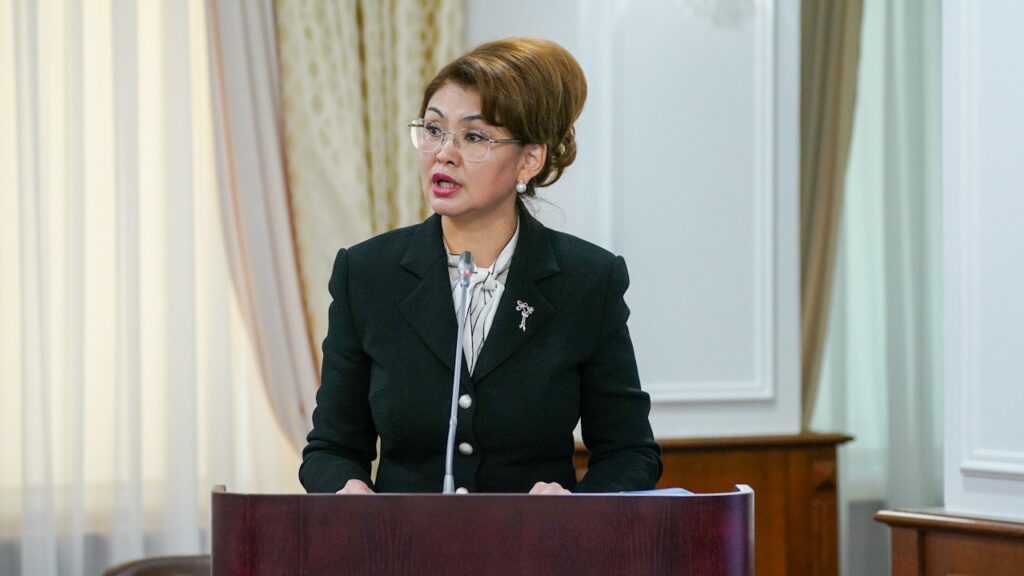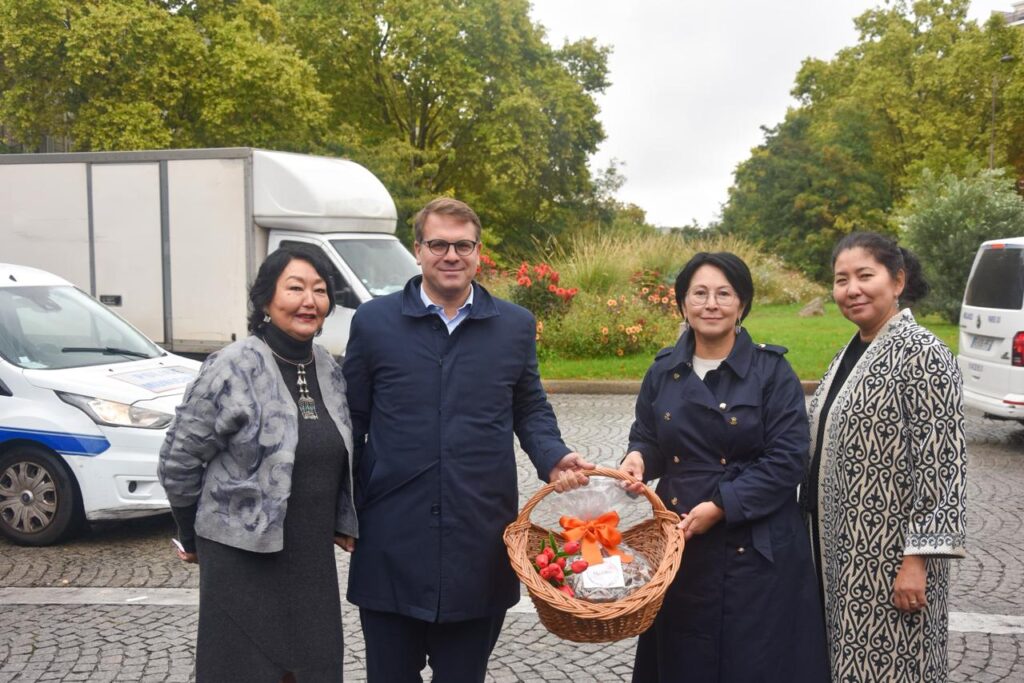Many developing nations have prioritised the eradication of poverty. They employing various strategies, such as pursuing higher economic growth and more equitable income distribution. These efforts have yielded mixed results, underscoring the importance of caution and awareness of the challenges involved.
East Asian countries have made significant strides in eliminating poverty. China has made significant progress, and India has seen more moderate headway. Latin American nations have faced difficulties in reducing poverty due to sluggish economic growth, and unfortunately, poverty has risen in Africa. Extreme poverty has historically not been an issue in Central Asia, because of various support schemes provided by the former Soviet government.
Nevertheless, while Central Asia’s poverty rates continue to decline, poverty reduction is slowing in some countries. Interestingly, Uzbekistan has made notable progress in reducing poverty since 2021. The poverty headcount rate based on the national poverty line fell from 17.0 per cent in 2021 to 14.1 per cent in 2022 and further declined to 11.0 per cent in 2023. Robust real wage growth was the main driver of the recent poverty reduction. Between 2022 and 2023, increases in wage income accounted for nearly two-thirds of the total poverty reduction. However, wage growth was much higher among skilled workers, especially in urban areas, due to skills shortages in the labour market. The latest official statistics show that the average wage increased the most in the services sectors, with a higher share of high-skilled workers in telecoms, pharmaceuticals, and IT.
Consequently, income growth favored the better-off skilled population. Such wage inequality leads to income inequality, measured by the Gini index, increasing from 31.2 in 2022 to 34.5 in 2023. It is also noted that the socio-economic conditions are better in all Central Asian economies than in other developing economies.
In Central Asia, poverty reduction has been influenced by several factors, such as implementing a national welfare standard, improved access to quality education, and financial assistance for elderly individuals and households led by single mothers. For example, in Uzbekistan, introducing a national welfare standard in 2021 significantly reduced poverty. The poverty rate decreased from 17 to 11 per cent by 2023, with a more noticeable decline in rural areas (8 percentage points) compared to urban areas (4 percentage points), resulting in approximately 1.6 million individuals being lifted out of poverty. The government’s initiatives suggest it is making progress towards halving poverty between 2021 and 2026, indicating a hopeful future for poverty reduction in the region.
Notably, the World Bank has recalculated poverty estimates in Central Asia using updated international poverty lines. For lower-middle-income countries — which globally include Kyrgyzstan, Tajikistan, and Uzbekistan — the poverty line is set at US$3.65 per day. In contrast, it is $6.85 daily for upper-middle-income countries like Kazakhstan. According to these new poverty lines, approximately five million people are considered poor using the lower-middle income country threshold, and 20 million people are considered poor using the upper-middle income country threshold. These updated poverty lines account for differences in living costs between countries.
In Central Asian economies, there are distinct categories of people in rural and urban areas. These categories include skilled and unskilled individuals. Non-farm workers comprise a significant portion of the rural population and are primarily unskilled. Skill development is essential for poverty reduction, and policies promoting skill development have shown positive outcomes, particularly in improving economic and social stability. Additionally, in Central Asia, the intersecting challenges of climate change, social vulnerability, and fragility threaten increasing human insecurity and socio-economic and political instability, directly impacting water, food, and energy security.
Theoretical considerations suggest various potential advantages to skill development and its impact on poverty levels in developing countries. Experts point to the incentives embedded within the institutional framework as pivotal in shaping the skills and knowledge that yield significant returns. Equitable education policies in East Asia have played a crucial role in fostering economic growth and reducing poverty. Furthermore, it has been argued that increased equality has bolstered political and social stability, thereby creating a more favourable environment for investment. Cognitive skills and improved literacy rates are regarded as prerequisites for economic progress.
Case studies demonstrate the apparent failure of capital to flow into capital-poor countries due to minimal returns on capital. Insufficient availability of skilled labour and other complementary factors have compounded this issue. Notably, the correlation between education quality and skills is firmly established. While education has been highly influential in transmitting knowledge and skills in some countries, it has failed to impart valuable skills to others. This underscores the multifaceted nature of the factors contributing to poverty and emphasises the need for tailored strategies to address it.
Central Asian governments could spotlight this issue and frame human resource policies in collaboration with educational institutions. Emphasising the importance of education can effectively convey the significance of investing in education as a critical strategy for poverty reduction.









